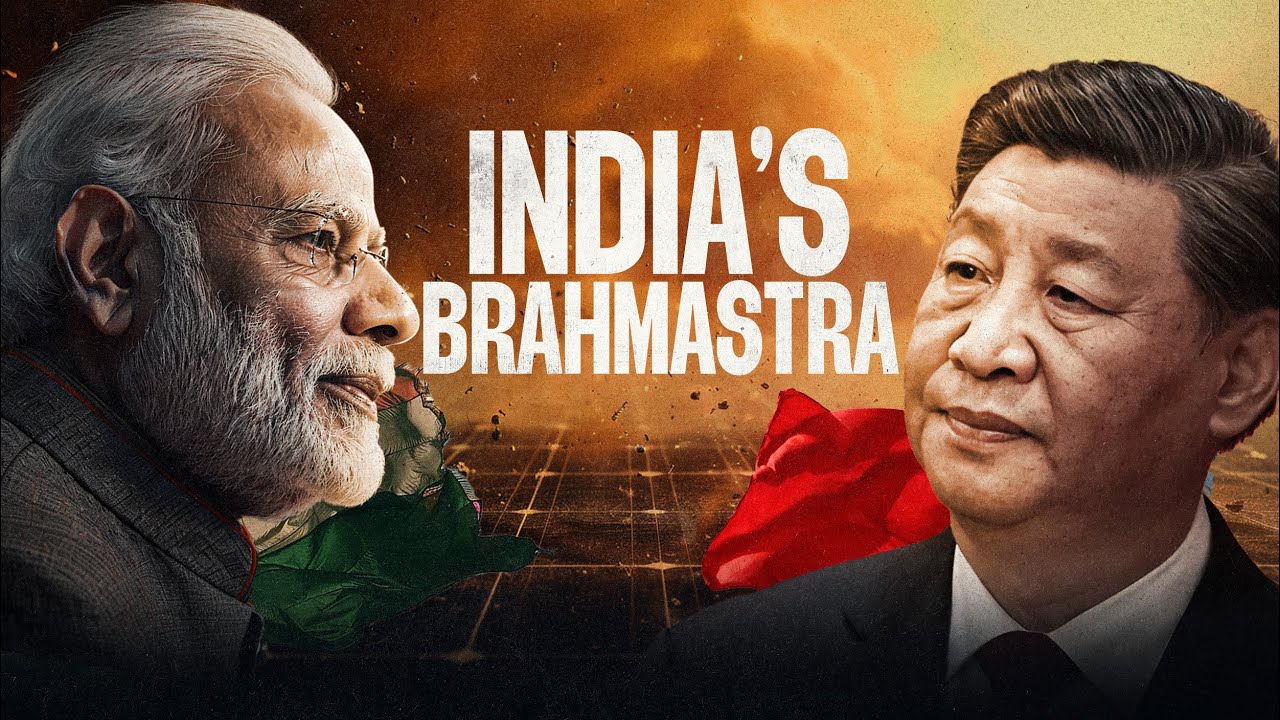Top stocks in Indian alcohol sector | Opportunities & Challenge | Part 1
Summary
TLDRThis video delves into India's liquor market, the world's third-largest, with a focus on its rapid growth and the challenges it faces. It outlines the market's segmentation into spirits, beer, and wine, with spirits dominating at 44%. The script discusses the distribution models varying by state, the demographic and urbanization driving growth, and the trend towards premiumization. It also highlights the regulatory hurdles, the influence of incumbent players, and the importance of branding. The video concludes with an overview of top players like United Spirits and Sula Vineyards, setting the stage for a deeper analysis in a follow-up.
Takeaways
- 🌍 The Indian alcoholic beverage market, also known as Elco, is the third-largest in the world, following China and Russia, and is the second-largest spirit market globally.
- 📈 India's per capita alcohol consumption has seen a significant increase from 1.3 liters in 2005 to 3.1 liters by 2022, despite being below the world average of 4.9 liters.
- 🍻 The market is segmented into spirits, beer, and wine, with spirits contributing 44%, beer 33%, and wine 14% to the total market as of 2022.
- 🔑 The key difference between Indian Made Indian Liquor (IMIL) and Indian Made Foreign Liquor (IMFL) lies in their target audience, flavor profiles, and price points.
- 📊 Whiskey dominates the IMFL market in India with a 63% share, followed by brandy and rum, with regional preferences influencing the popularity of different spirits.
- 🏪 Alcohol distribution in India is highly regulated, with each state having its own distribution model, ranging from private to state-controlled systems.
- 💡 Growth drivers for the Indian alcohol industry include demographic dividends, rapid urbanization, changing cultural attitudes towards drinking, premiumization, and innovative marketing tactics.
- 🌟 Premiumization is a significant trend, with consumers showing a preference for high-quality, premium products, leading to the launch of premium segments across categories.
- 🚫 Regulatory barriers, such as state-specific policies and high Interstate duties, pose challenges for the industry and act as entry barriers for new players.
- 🏢 The dominance of incumbent players, the importance of strong branding, and the need for government support and favorable excise policies are highlighted as key factors in the industry's dynamics.
- 📈 The video also discusses the top listed players in the Indian Elco beverage sector, including United Spirits, Radico Khaitan, Elite Blenders, and Sula Vineyards, among others.
Q & A
What is the current ranking of the Indian alcoholic beverage market globally?
-The Indian alcoholic beverage market is the third largest in the world after China and Russia.
How has the per capita alcohol consumption in India changed from 2005 to 2022?
-The per capita alcohol consumption in India increased from 1.3 liters in 2005 to 3.1 liters by 2022.
What are the three major categories within the alcoholic beverage market in India?
-The three major categories within the alcoholic beverage market in India are spirits, beer, and wine.
What is the difference between IMIL and IMFL in the Indian spirits market?
-IMIL refers to Indian Made Indian Liquor, which caters to the lower-income category, while IMFL refers to Indian Made Foreign Liquor, which includes whiskey, rum, brandy, vodka, and is targeted at a more affluent segment.
Which state in India has a distribution model where both retail and wholesale are private with no state control?
-Maharashtra is an example of a state where both retail and wholesale are private with no state control.
What demographic factor is contributing to the growth of the Indian alcohol industry?
-India's large and young population, with 50% below the age of 25 and a median age of 29, is contributing to the growth of the alcohol industry as it adds approximately 13 million drinking-age adults every year.
What is the significance of the premiumization trend in the Indian alcohol market?
-Premiumization is a significant growth driver in the Indian alcohol market, with consumers showing a preference for premium products and a willingness to pay higher prices for them.
How does the Indian government support the growth of the alcohol industry?
-The Indian government supports the growth of the alcohol industry by providing favorable excise policies, allowing expansion, and setting up attractive retail outlets in prominent locations like malls and airports.
What are the key challenges faced by the Indian alcoholic beverage industry?
-The key challenges faced by the Indian alcoholic beverage industry include regulatory barriers, strong dominance of incumbent players, and the need for strong branding.
Which are the top listed companies in the Indian spirits, beer, and wine segments?
-United Spirits, Radico Khaitan, and United Breweries are top listed companies in the spirits, beer segments respectively, while Sula Vineyards leads in the wine segment.
Outlines

Cette section est réservée aux utilisateurs payants. Améliorez votre compte pour accéder à cette section.
Améliorer maintenantMindmap

Cette section est réservée aux utilisateurs payants. Améliorez votre compte pour accéder à cette section.
Améliorer maintenantKeywords

Cette section est réservée aux utilisateurs payants. Améliorez votre compte pour accéder à cette section.
Améliorer maintenantHighlights

Cette section est réservée aux utilisateurs payants. Améliorez votre compte pour accéder à cette section.
Améliorer maintenantTranscripts

Cette section est réservée aux utilisateurs payants. Améliorez votre compte pour accéder à cette section.
Améliorer maintenantVoir Plus de Vidéos Connexes

How BYD killed Tesla! But can they stay on top?

India's Secret Weapon to counter China’s Solar Dominance? : Waaree Energies | Business Case study

Perspective : India's Startup Ecosystem | 16 January, 2023

Can Modi 3.0 beat Germany? : Indian economic case study

How can India tackle its climate challenge? - BBC News

The Rise and Fall of Old Monk | Business Case Study
5.0 / 5 (0 votes)
